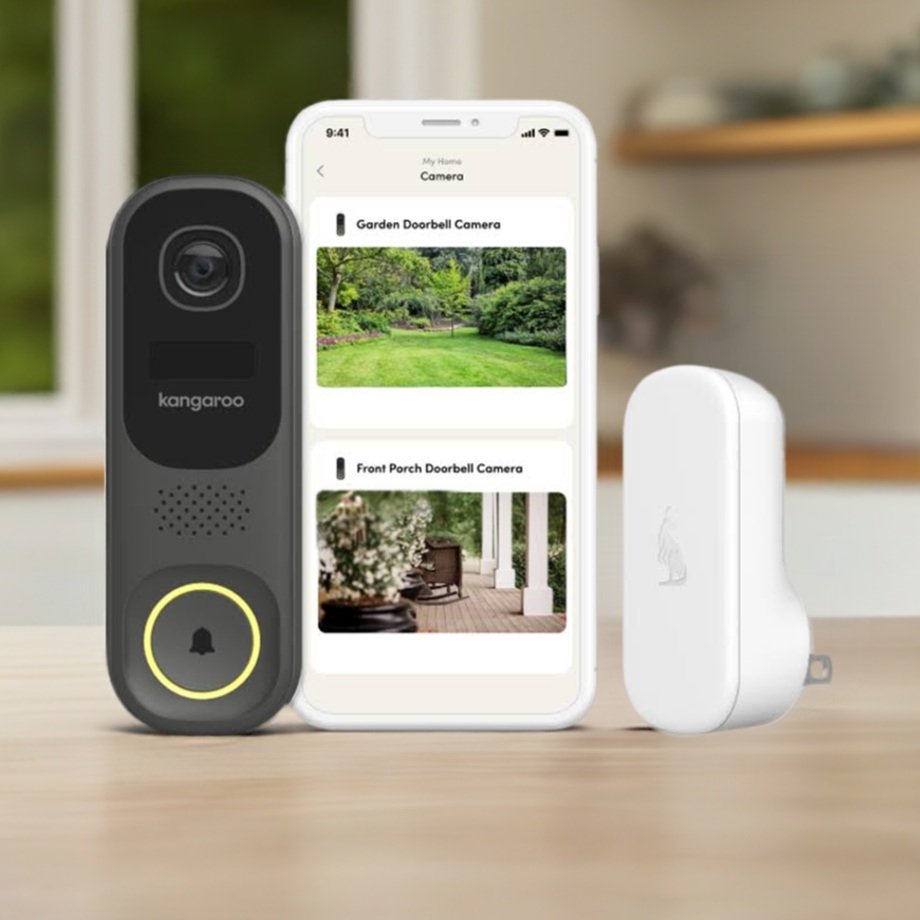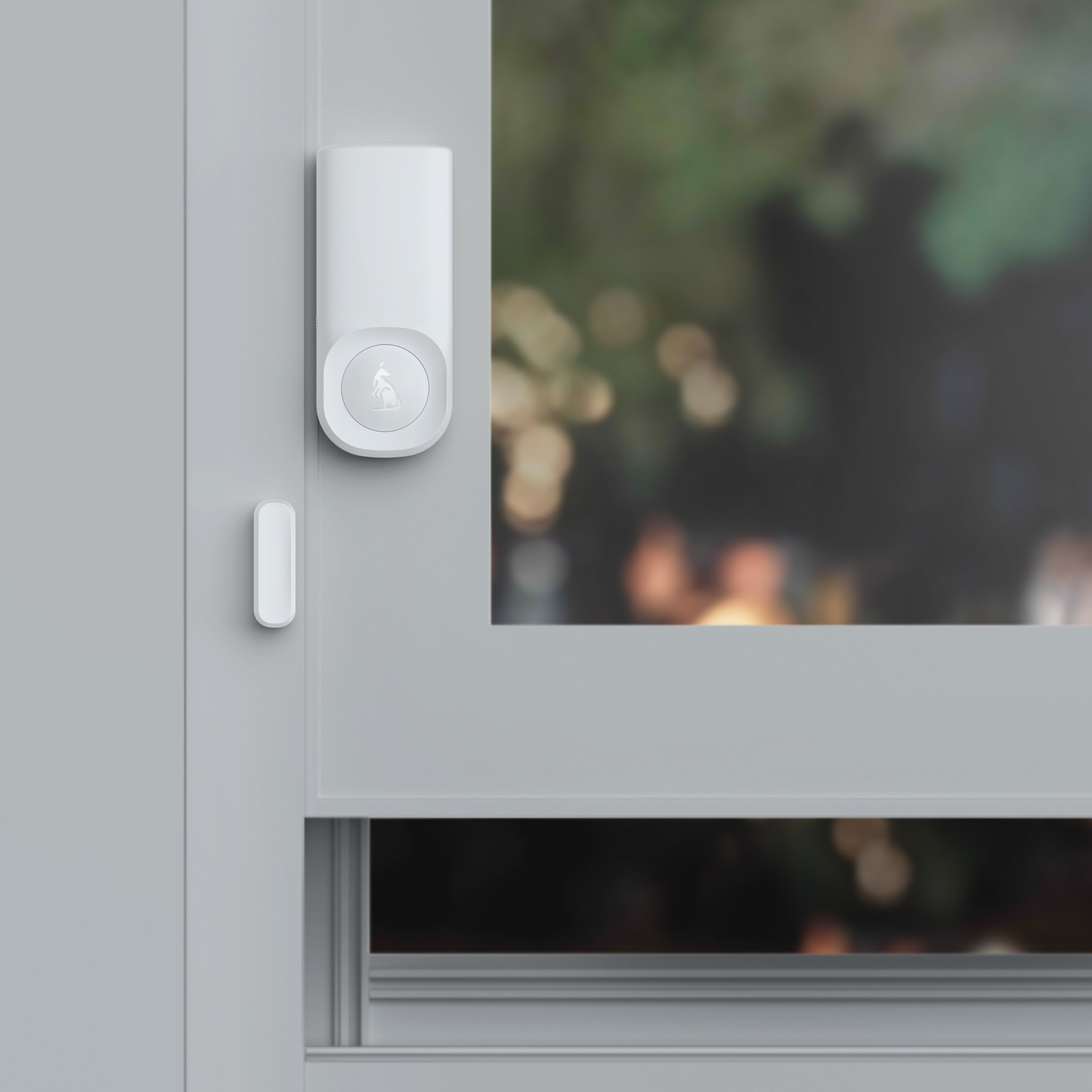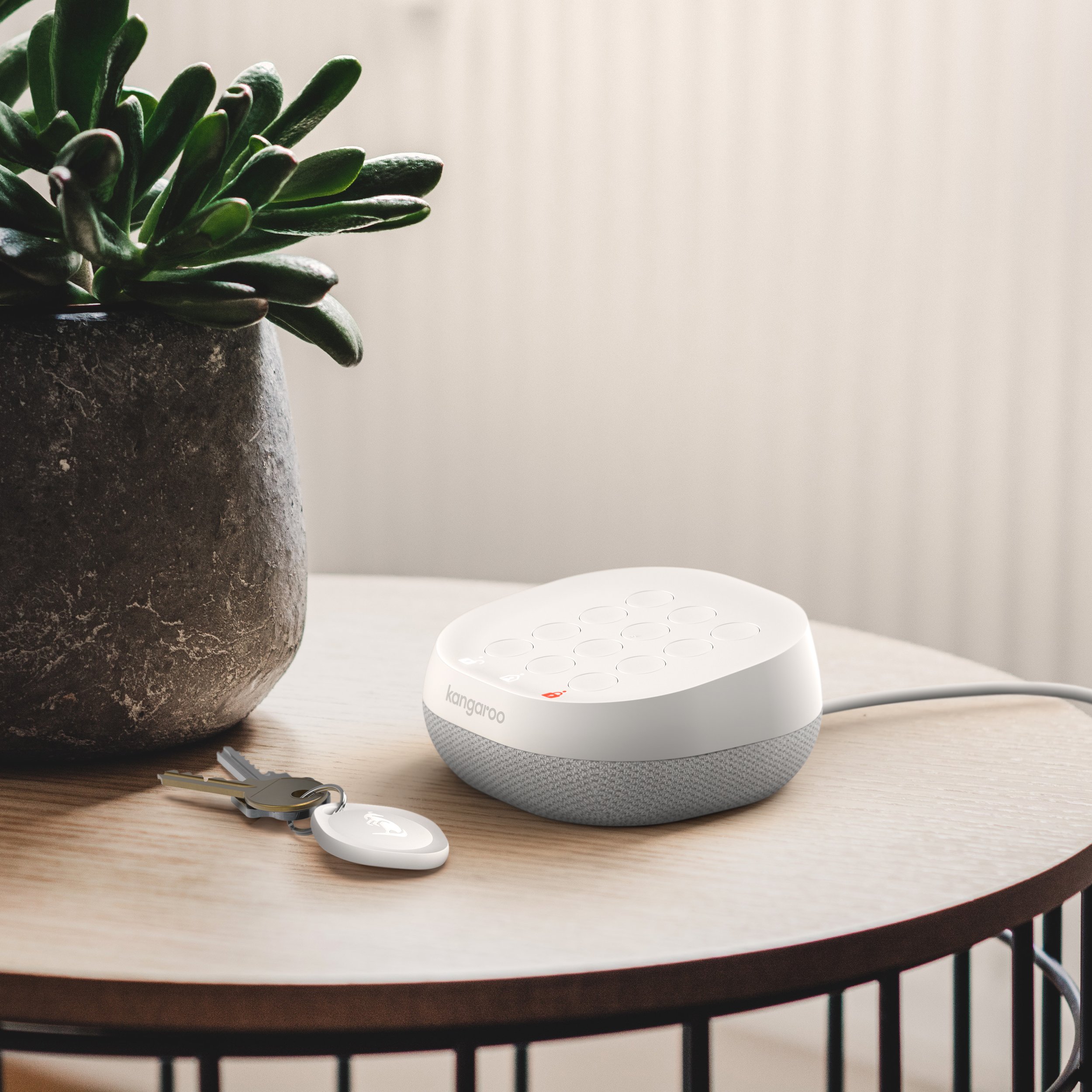How to File a Claim: Does Homeowners Insurance Cover Theft or Burglary?
Coming home to a burglarized house is a nightmare scenario for anyone. The violation, the loss of valuables, and the disruption to your sense of security can be overwhelming. In such a situation, your homeowner's insurance policy can be a lifeline. But how exactly does homeowner's insurance cover theft or burglary? Let's break it down.
Homeowners Insurance Coverage for Theft and Burglary
In most standard homeowner insurance policies, theft and burglary are covered perils. This means your insurance will typically help you recoup losses due to:
Theft: This involves the unlawful taking of your property.
Burglary: This is a specific type of theft that involves entering a structure illegally with the intent to commit a crime, usually theft.
Step-by-Step Guide in Filling a Claim after a Theft
1. Ensure Safety and Contact the Police
Prioritize safety: If the theft is still in progress or you suspect the burglar is still on the premises, leave the house immediately and call the police from a safe location.
File a police report: Once the police arrive, file a detailed report about the incident, providing as much information as possible about the stolen items, any damage to your property, and any potential suspects or leads.
2. Contact Your Insurance Company
Report the theft promptly: Notify your insurance provider as soon as possible to initiate the claims process. You can usually do this by phone or online. Have your policy number ready.
Provide initial details: Be prepared to provide basic information about the incident, such as the date and time of the theft, a brief description of what was stolen, and whether there was any damage to your home.
3. Document the Loss
Create a detailed inventory: Make a comprehensive list of all stolen or damaged items. Include descriptions, estimated values, purchase dates, and any available receipts, photos, or other proof of ownership.
Utilize your home inventory (if you have one): If you've previously created a home inventory, this will make documenting your losses much easier. Update it with any recent purchases.
Take photos or videos of the damage: If there was any damage to your home during the break-in, take photos or videos to document it.
4. Secure Your Property
Prevent further loss: Take necessary steps to secure your home and prevent further damage or theft. This may involve repairing broken windows or doors, changing locks, or contacting a security professional for additional measures.
5. Work with the Claims Adjuster
Cooperate with the adjuster: An insurance adjuster will be assigned to your claim. They will assess the damage, review your documentation, and determine the coverage amount based on your policy. Be prepared to answer their questions and provide any additional information they may request.
Provide evidence: Submit the police report, your inventory of stolen or damaged items, and any other relevant documentation to the claims adjuster.
6. Receive Reimbursement
Await claim approval: Once the adjuster has assessed the damage and reviewed your documentation, your claim will either be approved or denied.
Receive payment: If your claim is approved, your insurance company will issue payment for covered losses, minus your deductible.
Repair or replace stolen/damaged items: Use the reimbursement to repair any damage to your home or replace your stolen belongings.
Additional Tips:
Stay organized: Keep all receipts, correspondence, and other documentation related to your claim in a safe place.
Be patient: The claims process can take time, so be patient and follow up with your insurer regularly for updates.
Seek assistance if needed: If you have any questions or concerns about the claims process, don't hesitate to contact your insurance agent or company for help.
What's Covered?
Your homeowner's insurance policy may cover the following in case of theft or burglary:
Dwelling coverage: If the structure of your house is damaged during a break-in (e.g., a broken window or door), dwelling coverage can help pay for repairs.
Personal property coverage: This covers your belongings that are stolen or damaged during a burglary. This can include furniture, electronics, clothing, appliances, and other personal items.
Off-premises coverage: Your policy may also extend to items stolen while away from your home, such as a laptop stolen from your car.
| Coverage Type | Examples |
|---|---|
| Dwelling Coverage |
|
| Personal Property Coverage |
|
| Off-Premises Coverage |
|
Important Note: Certain high-value items, like expensive jewelry or collectibles, may have coverage limits under your standard policy. Consider adding a scheduled personal property endorsement to ensure adequate coverage for these items.
Understanding Replacement Cost vs. Actual Cash Value (ACV)
When it comes to reimbursement for stolen or damaged items, there are two main types of coverage:
Replacement cost coverage (RC): This pays to replace your belongings with new items of similar kind and quality, without deducting for depreciation.
Actual cash value coverage (ACV): This pays the depreciated value of your belongings, which is the replacement cost minus depreciation.
| Coverage Type | Example Scenario | Replacement Cost (RC) Outcome | Actual Cash Value (ACV) Outcome |
|---|---|---|---|
| Dwelling Coverage | Break-in damages front door | Insurance pays for a brand-new door of similar quality, regardless of the age of the old door. | Insurance pays for the depreciated value of the old door, which might not cover the full cost of a new one. |
| Personal Property Coverage | 5-year-old TV is stolen | Insurance pays for a new TV of comparable features and quality. | Insurance pays the current market value of the 5-year-old TV, considering its depreciation. |
| Personal Property Coverage | Antique furniture damaged in a fire | Insurance helps restore or replace the furniture with a piece of comparable value and style. | Insurance pays the depreciated value of the antique furniture, which may be significantly lower than the cost of restoration or replacement. |
| Off-Premises Coverage | Laptop stolen from your car | Insurance pays for a new laptop of similar specifications. | Insurance pays the current market value of the stolen laptop, accounting for its age and condition. |
| Personal Property Coverage | Clothes damaged in a flood | Insurance pays for new clothes of similar type and quality. | Insurance pays the depreciated value of the clothes, considering their age and wear and tear. |
It's crucial to understand which type of coverage you have to set realistic expectations about reimbursement.
Tips for Preventing Theft and Burglary
Secure your home: Keep doors and windows locked, even when you're home. Install deadbolts and consider adding a home security system like Kangaroo for an extra layer of protection.
Be cautious on social media: Avoid sharing details about your whereabouts or valuables, especially when you're away on vacation. Oversharing can inadvertently tip off potential burglars.
Don't leave valuables in your car: Keep valuables out of sight or take them with you when you leave your car unattended. A car is an easy target for thieves, so don't make it more tempting.
Get to know your neighbors: A strong community can help deter crime. Look out for each other and report any suspicious activity. Building relationships with your neighbors creates a network of support and vigilance.
Kangaroo Home Security: Your First Line of Defense







A Kangaroo home security system can significantly enhance your home's security and deter potential burglars. With easy DIY installation, affordable monitoring plans, and features like motion sensors, door/window sensors, and 24/7 professional monitoring (available with the Complete Protect plan), you can create a safer environment for you and your loved ones
Kangaroo: Cam Protect and Complete Protect Plans
Cam Protect:
For just $1.99 per month (billed at $23.88/year), Cam Protect offers premium device features for a single camera and provides up to $250 in theft and damage reimbursement. Whether it's your living room or any other specific area of your home, Cam Protect adds an extra layer of security. If something gets stolen or damaged, you can submit a claim through the Kangaroo app and get reimbursed quickly—up to 2 claims per year, with a maximum of $125 per claim.
Complete Protect:
At $8.25 per month (billed at $99/year), Complete Protect covers your entire home with 24/7 professional monitoring and up to $1000 in theft and damage reimbursement. This plan is ideal for comprehensive protection, covering not only theft but also damage from fire, water, or smoke. You can submit up to 2 claims per year, with a maximum of $500 per claim. Plus, you'll benefit from professional monitoring that alerts first responders in case of emergencies. Additionally, you may qualify for up to a 20% discount on your homeowner's insurance by submitting the necessary paperwork through Kangaroo.
Kangaroo's Theft Claims Over time
| Year | Approval Rate | Max Approved |
|---|---|---|
| 2021 | 94.29% | $250.00 |
| 2022 | 84.44% | $329.89 |
| 2023 | 92.86% | $1,000.00 |
| 2024 | 100.00% | $500.00 |
The table shows that Kangaroo's theft claim approval rates have remained high, ranging from 84.44% to 100% between 2021 and 2024. The maximum approved reimbursement amount has varied over the years, with the highest being $1,000 in 2023 and the lowest being $250 in 2021.
Dory Reviews: Real Savings, Real Ease with Kangaroo’s Concierge Service
Discover how Dory and Kangaroo’s Concierge Service are transforming the way customers save on home insurance. From simple processes to impressive discounts, here’s what real users are saying about their experiences with Dory and Kangaroo.
"Wow! I just answered a few questions and now I’m saving an additional $64!
Simple, Fast & easy!" - Jeff G
"Kangaroo saved us $131 and did all the leg work for me! Thanks!" - Rachael
"Saved $21 on my home insurance by just clicking a button. Kangaroo made it super easy and even did all the work to get in touch with my insurance to get that discount activated!" - Maria
"Kangaroo concierge service is great. Just saved me $65 on my insurance. They did all the work and I'm very pleased to get this discount." - Alice
Conclusion
While experiencing a theft or burglary is undeniably distressing, understanding your homeowner's insurance coverage and taking proactive measures can help you navigate the aftermath and potentially recover your losses. Remember, prevention is key, so consider investing in a home security system and following the safety tips outlined in this article.
FAQs
Theft or Burglary and Your Homeowners Insurance
-
You should file a claim if your home has been burglarized or if you've experienced theft of personal property, and the loss is significant enough to exceed your deductible. If you're unsure, it's always best to contact your insurance agent for guidance.
-
Safety first! If you suspect a burglary is in progress, leave your house immediately and call the police from a safe location. Once the police arrive, file a detailed police report. This report is crucial for your insurance claim.
-
Contact your insurance provider as soon as possible after the incident. You can usually do this by phone or through their online portal. Have your policy number ready.
-
You'll need to provide details about the incident, including the date and time, a description of what was stolen or damaged, and an estimate of the value of the loss. You'll also need to provide the police report number.
-
Your policy typically covers:
Dwelling coverage: Damage to the structure of your house caused by the break-in (e.g., broken windows, damaged doors).
Personal property coverage: Loss or damage to your belongings, such as furniture, electronics, clothing, appliances, etc.
Off-premises coverage: Theft of items while away from your home, subject to policy limits.
-
High-value items may have coverage limits under your standard policy. Consider adding a scheduled personal property endorsement to ensure adequate coverage for these items.
-
Replacement cost insurance: Pays to replace your belongings with new items of similar kind and quality, without deducting for depreciation.
Actual cash value (ACV): Pays the depreciated value of your belongings, which is the replacement cost minus depreciation.
-
A deductible is the amount you must pay out-of-pocket before your insurance company starts covering the costs. Make sure you understand your deductible amount before filing a claim.
-
A claims adjuster will be assigned to your claim to assess the damage, review your documentation (including the police report and home inventory), and determine the coverage amount based on your policy.
-
The claims process can vary depending on the complexity of the claim and the responsiveness of all parties involved. However, you can generally expect it to take several weeks or even months.
-
It's possible that your premium may increase after filing a claim, but it depends on several factors, including your insurer's policies, your claims history, and the severity of the loss.
-
Yes, your claim can be denied if:
The loss is not covered under your policy.
You fail to provide adequate documentation or proof of the loss.
There is evidence of fraud or misrepresentation.
The loss is due to your negligence (e.g., leaving your doors unlocked).
-
If you disagree with the settlement offer, you can try to negotiate with your insurer or seek assistance from a licensed insurance agent or a public adjuster.
-
Install a home security system.
Keep doors and windows locked at all times.
Be cautious about sharing personal information on social media.
Don't leave valuables in your car.
Get to know your neighbors and create a sense of community.


